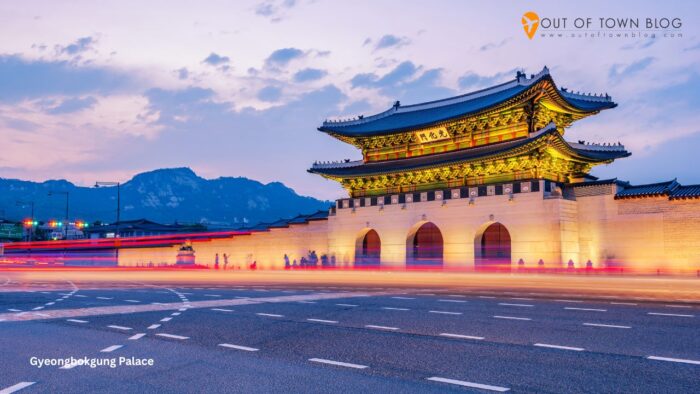Out of Town Blog
10 Wonders of South Korea: Culture, Nature, and Food You Must Try
Imagine a place where ancient palaces blend seamlessly with modern cities, where each meal bursts with flavor, and nature resembles a living painting. That place is South Korea. It’s more than just a travel spot—it’s a realm full of surprises. Let’s dive into 10 unforgettable experiences that South Korea has to offer.
1. Jeju Island
If South Korea has a hidden treasure, it’s Jeju Island. This UNESCO World Heritage site was formed by powerful volcanic eruptions, proudly showcasing its volcanic origins. At its center stands Hallasan Mountain, the tallest peak in South Korea, surrounded by lush forests and crater lakes that glisten in the sunlight. The island attracts hikers, cyclists, and dreamers alike. But Jeju isn’t only about natural beauty; it also blends myth, tradition, and adventure.
Its rugged coastline features black sand beaches and unique rock formations shaped by centuries of wind and sea. A key highlight is the haenyeo—courageous older women diving into the ocean without oxygen tanks to gather seafood, embodying a matriarchal strength that reflects Jeju’s spirit. Attractions like Love Land’s playful art, the peaceful O’sulloc Tea Museum, and Jeju’s famous oranges—loved across Korea—make this island feel like five different countries in one enchanting destination.

2. Gyeongbokgung Palace
Step into Seoul, and you’ll find yourself face-to-face with Gyeongbokgung Palace, South Korea’s grandest royal palace and a true architectural marvel. Built in 1395 during the early Joseon Dynasty, this historic complex has withstood wars, invasions, and modern change, standing proud as a testament to centuries of royal tradition.
The layout of the palace is deeply symbolic, designed according to ancient Confucian principles. Inside, you’ll discover tranquil lotus ponds, vibrant pavilions, and the majestic Geunjeongjeon Hall, where kings once held court. Visitors often time their trips to witness the colorful changing of the royal guard, a performance rich in ritual and music.
One of the most immersive ways to connect with the palace is by wearing a hanbok—the traditional Korean dress. Not only does it grant you free entry, but it also transforms your visit into a scene from history. As skyscrapers rise just beyond the walls, Gyeongbokgung remains a graceful reminder of Korea’s royal roots…
Click Here to Read the Full Original Article at Out of Town Blog…
